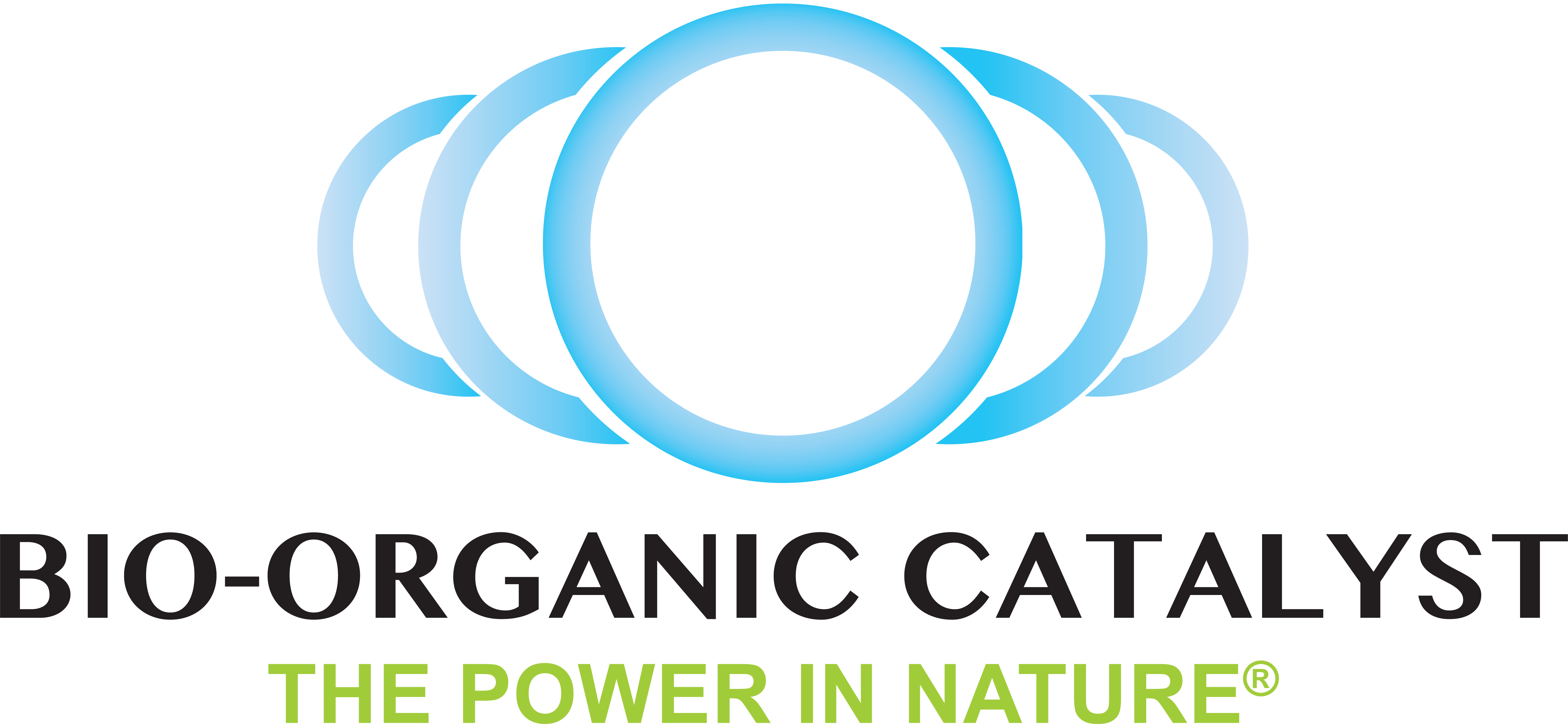Phyto-C3 contains the product of a yeast fermentation process which generates ultrafine bubbles in agitated water and a very small amount of surfactant that helps the bubbles to penetrate and adhere.

Ultrafine bubbles are defined as bubbles with a diameter of less than 1 μm (1 micrometer or 1000 nanometers) the term “Nano bubbles” is also used to describe bubbles of this size. Microbubbles are slightly larger with a diameter between 1 μm and 100 μm in diameter. The smaller bubbles are the more they change in three important ways.
-
The total shell area of bubbles is greatly increased creating a larger surface across which gas can dissolve into an aqueous solution. the surface area of a volume of bubbles is in inverse proportion to the bubble diameter; thus, one mL of 100 nm diameter bubbles (2×10.15 bubbles) has 1000 times more surface (240 m2) than one mL of 0.1 mm bubbles (2×10.6 bubbles, 0.24 m2).
-
The atmospheric pressure is higher inside the bubble as is its surface tension, so it rises more slowly than a larger bubble and gas is pushed more strongly against the bubble’s shell.
-
They have a negative electric charge, described as having a high negative zeta potential. The zeta potential measured in water Ultrafine bubbles is from -20 mV to -17 mV. This makes gasses such as oxygen stay dispersed in the solution since bubbles are repelled from each other and do not coagulate. It also attracts them towards positively charged organic compounds catalyzing reactions between gaseous and liquid or solid compounds.
The result is that water treated with Phyto-C3 rapidly delivers oxygen and other gasses into microscopic cavities and through organic membranes, catalyzing chemical reactions and encouraging the growth of aerobic bacteria and other microorganisms.
Safety Documentation and Brochures
- Conventional Safety Data
- Organic Safety Data
- One Sheet
- Brochure
- Irrigation Cleaning Guidelines
- Phyto-C3 Label
